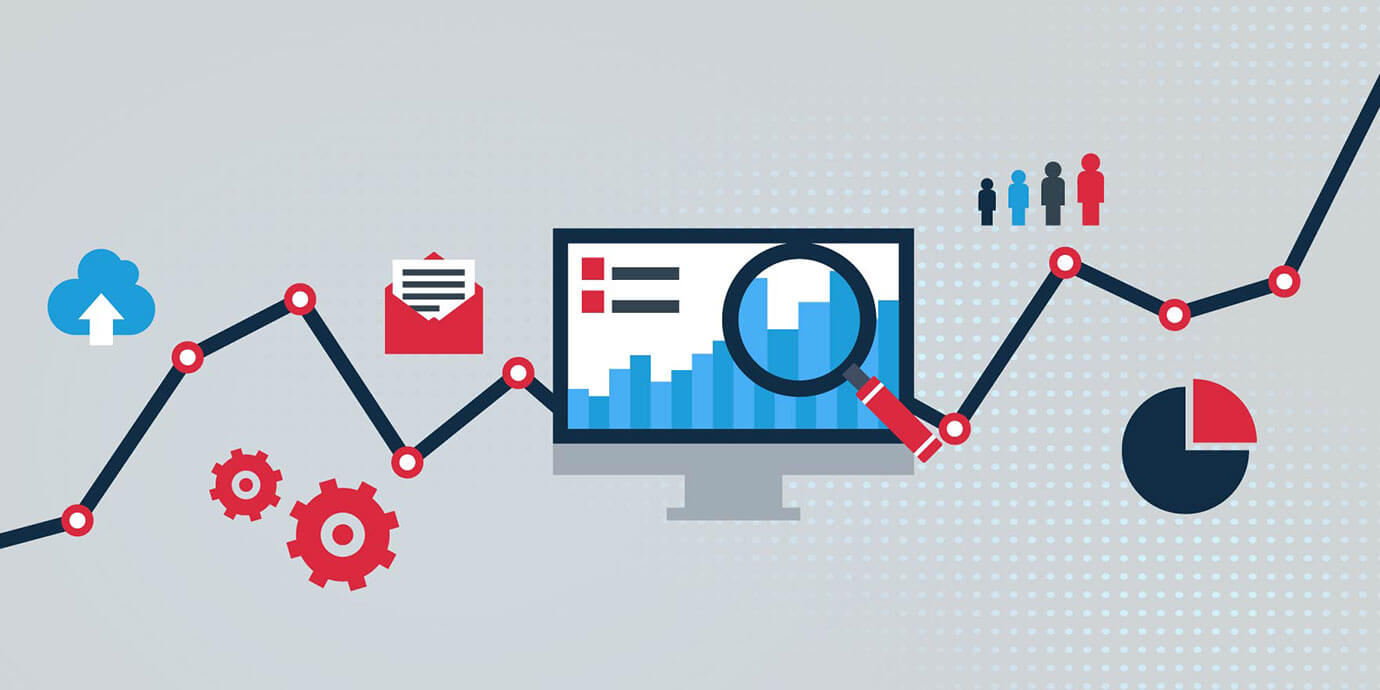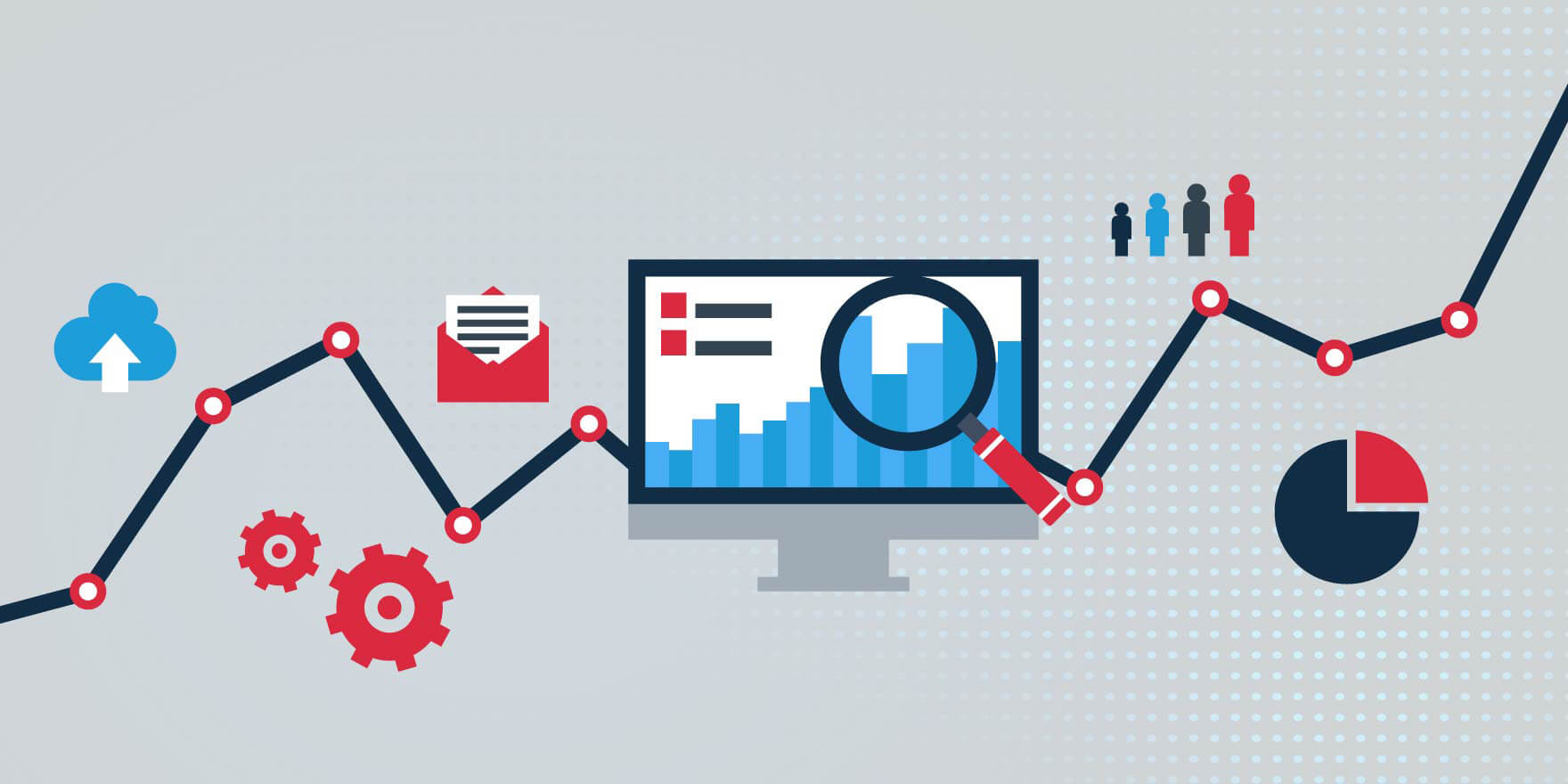
Threat Management – Latest Product Updates
Our threat management tool has been updated with new features to enhance its functionality and to give you greater visibility and control over your threat landscape.…




Andy Smith
SOC Team Leader
16th September 2022
The use of technology is ubiquitous across all industries. This is great for improving communication, workflows, and efficiency. However, the use of technology also opens organizations to cyber threats. As attack vectors become more sophisticated, companies need security solutions that meet the complexity of the threats they face. That is why threat detection and response tools, such as log monitoring, are key to strengthening your organization's security posture.
The log monitoring market is growing, and by 2026, it’s expected to be worth $4.1 billion. Reasons such as the lasting impact of COVID-19 and remote working, increased sophistication of cyber attacks, and the need for companies to manage substantial amounts of data, can all be cited for its exponential growth.
But why is log monitoring growing in importance and how can it support your organization to bolster its cyber security? Well, you’re in the right place! In this blog, we take a deep dive into the world of log monitoring to discover how log monitoring tools work, why they are important, and the risks of excluding them from your security strategy.
Every application, networking device, workstation and server creates a record of events, also known as a ‘log’. Logs, or data files, are required to monitor system and network activity in order to help diagnose issues or detect potential threats. Security teams need to be able to view these logs to identify the source of the errors and the root cause of them. This is where log monitoring plays a significant role.
Log monitoring is the process of collating and centralising logs, or data files, from various applications across your network to detect malicious activity. Once the tool detects an anomaly, such as a threat actor attempting a brute-force attack on a user account, SOC teams are alerted to investigate why the application raised an error. In this instance, the error would signal multiple failed login attempts.
When applications are the subject to a security threat, it’s crucial to detect these threats in real-time and remediate these issues as soon as possible, to prevent system downtime and/or a hacker exploiting a vulnerability.
Without log monitoring, finding anomalous behaviour, bugs or performance issues in your systems would be like finding a needle in a haystack. Log monitoring is essential to your business due to its efficiency at finding errors and helping security teams to remediate an incident effectively. Without it, organizations will be unaware if whether a malicious piece of code is eating its way through their system, or how long a critical vulnerability has been left unchecked.
With the use of powerful log management tools such as SIEM solutions, you can have greater piece of mind that your business is monitoring its environment against the expanding threat landscape. Log monitoring not only provides an extra layer of security, but it is also cost-effective for your organization. Additionally, our security experts estimate that over 65,000 logs are generated every day by the standard Windows server. Therefore, log monitoring is a less laborious solution to someone manually sifting through each log looking for suspicious activity.
Also, for organizations that have complex infrastructures and multiple systems, or smaller businesses without the expertise, it can be difficult to manage log data from many different sources. That’s why log monitoring is an effective solution as it centralises all your log data in a single location, making life easier for SOC analysts to monitor, manage, search, remediate and report on any issues that arise.
Log monitoring and log analysis are two crucial elements of log management.
Log monitoring is the automated process of monitoring log files and alerting your security team of events that require further investigation. This is usually achieved with the use of SIEM solutions. By using threat intelligence and machine learning, SIEM technology can scan mass amounts of log data, proactively looking for suspicious activity and identifying threats that could pose a risk to your business.
The next step is log analysis, and this would be typically conducted by a SOC team or your security experts, who are responsible for investigating, managing, and mitigating security incidents around the clock. A SOC team will leverage SIEM technologies to quickly diagnose alerts and decide what needs to be done to remediate them.
The importance of log monitoring tools can be best defined by the following benefits:
It can be extremely difficult to detect security incidents without adequate log monitoring. Insufficient logging and monitoring can be devastating for your organization , as it will afford threat actors the time and freedom they need to execute their attacks. The importance of this is highlighted in OWASP's Top 10 Vulnerabilities for 2021.
It’s also important to establish a robust incident response and recovery plan. If the worst does happen and threat actors are able to break through your security perimeter, you could limit what they are able to access, and your business can avoid any unnecessary downtime. You could also adopt the National Institute of Standards and Technology (NIST) incident response and recovery plan framework to limit the damage caused by security logging and monitoring failures.
Log monitoring should be considered an essential component of your cyber security strategy. With an evolving threat landscape, it’s important for organizations to consider the far-reaching consequences of not monitoring their environment, something that could lead to cyber attacks and data breaches that can affect business and customer data.
However, organizations don’t need to manage everything themselves. Outsourcing log monitoring and SOC services will not only satisfy your day-to-day threat management and compliance requirements, but it is also a cost-effective solution to improve your cyber security posture.

Andy Smith
SOC Team Leader
Share this article
Contact our team of experts to find out how log monitoring can help secure your organization’s future.

Our threat management tool has been updated with new features to enhance its functionality and to give you greater visibility and control over your threat landscape.…

What is Microsoft Defender, how effectively will it protect small and medium sized-businesses from cyber attacks, and how does it rank against complete cyber security packages like Defense.com™…

Everything you need to know about the Log4j vulnerability; what it is, how it occurred, and how best to protect your business from being exploited by the vulnerability.…

Looking back over the data from the past year always brings mixed feelings. There’s a sense of great achievement as we see unique technologies…
Get actionable cyber security advice and insights straight to your inbox.